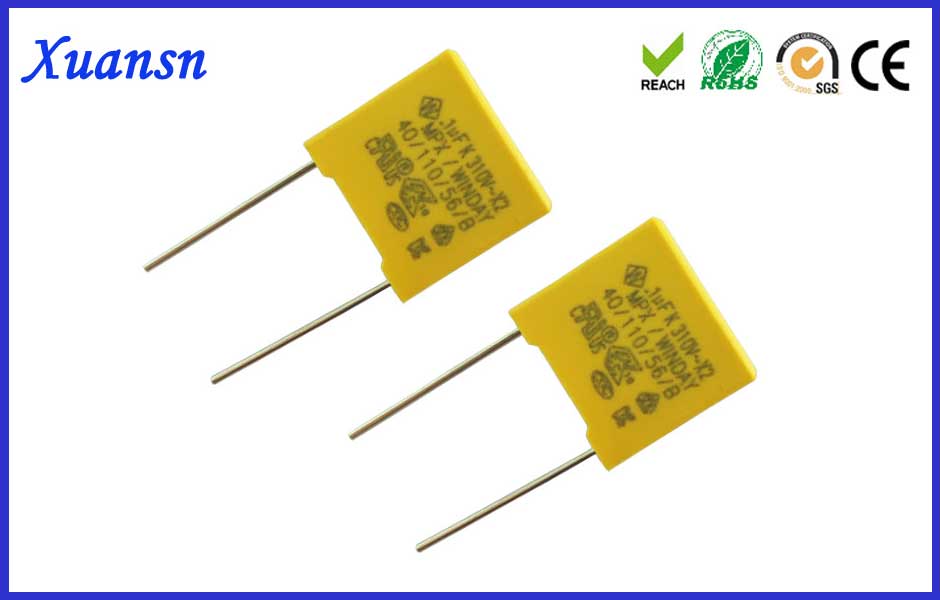x capacitor and y capacitor difference
The x capacitor and y capacitor both are safety capacitor. The difference is that the X capacitor is connected to both ends of the input line to eliminate differential mode interference. The Y capacitor is connected between the input line and the ground line to eliminate common mode interference.
X Capacitor—Metalized Polypropylene Film Capacitor; Generally, X-capacitor is selected from a polyester film capacitor with a large ripple current. This type of capacitor is bulky, but it allows a large amount of current to be charged and discharged instantaneously, and its internal resistance is correspondingly small. The X capacitor is usually made of plastic outer square and internal high pressure OPP (metallized polypropylene material winding). OPP material not only has better electrical performance, but also can reduce the high frequency pulse pair in parallel with the input end of the power supply. The impact of the power supply.
Y capacitors — often used high pressure ceramic tiles. The Y-type capacitor is connected between the phase line and the ground. These capacitors have a value of approximately a few nF in order not to exceed the ground allowable leakage values defined by the relevant safety standards. In general, the Y capacitor should be connected to a conductor with high noise interference. Y1 belongs to double insulated Y capacitor, which is used to bridge the secondary side. Y2 belongs to the basic single insulated Y capacitor, which is used to bridge the primary side to ground protection, that is, the FG line. X capacitor Y capacitors are collectively referred to as safety capacitors. Safety capacitors are used in applications where the capacitor does not cause an electric shock and does not endanger personal safety.

What are the classifications of x capacitors?
X capacitors are divided into X1, X2, and X3. The main differences are:
1.X1 withstand voltage is greater than 2.5 kV, less than or equal to 4 kV,
At present, this capacitor demand is not too much, and it is expected to become a demand trend in the future.
2. X2 high pressure is less than or equal to 2.5 kV,
Such X2 capacitors currently have different certification standards in international applications, but they are all approved at home and abroad. Please feel free to use them. You cannot indicate the reasons why other security certificates cannot be used due to wrong guidance. The main cause of this reason is: because some countries have different AC output and input, such as: 110VAC in Japan, 220VAC in China, etc. The nominal voltages in the industry are: 250VAC/275VAC/280VAC/300VAC/305VAC/310VAC/315VAC/330VAC, and 440VAC of Farah, which is an international standard for industry that should be stipulated by different needs; Both 21 days and 56 days are in line with international standards; the flame retardant grades are C and B grades, which also meet international test grade standards; the temperature standards of capacitors are 100 degrees and 110 degrees, which are also in line with international implementation tests. Temperature standard. Please be aware of, choose and use with confidence.
3. X3 high pressure is less than or equal to 1.2 kV
At present, the safety capacitance of X3 is relatively small in various industries, and the X2 standard is generally used.




